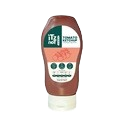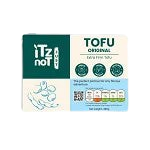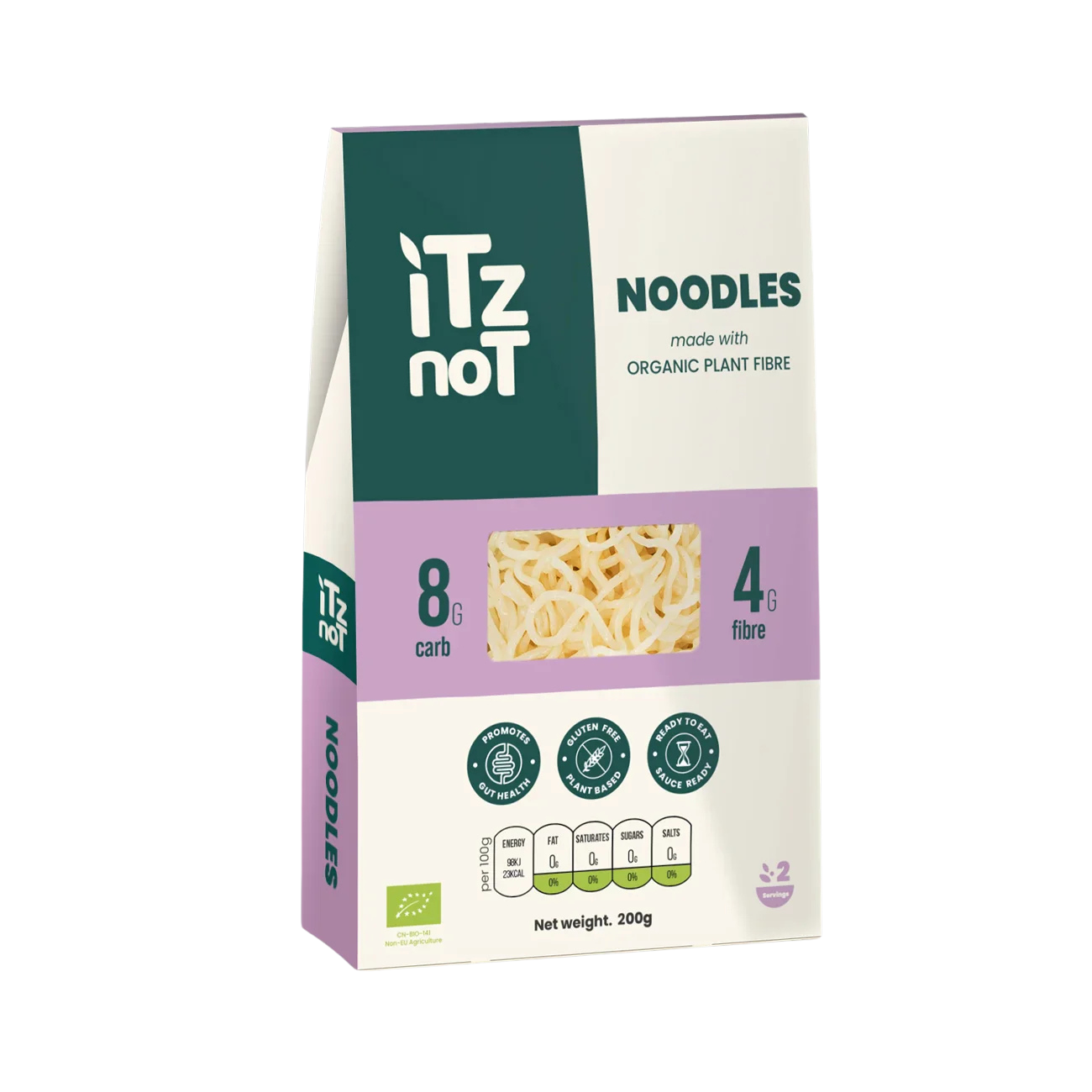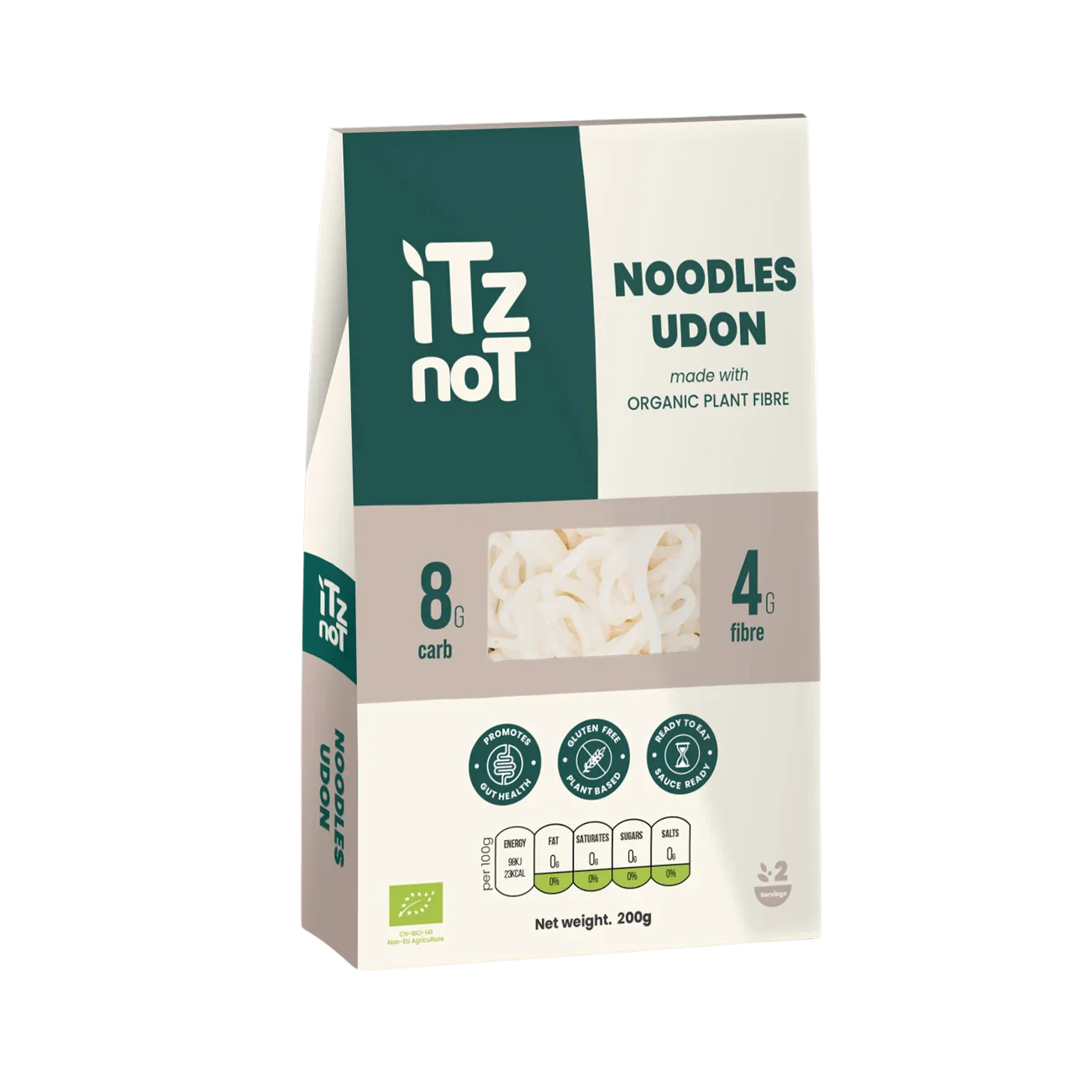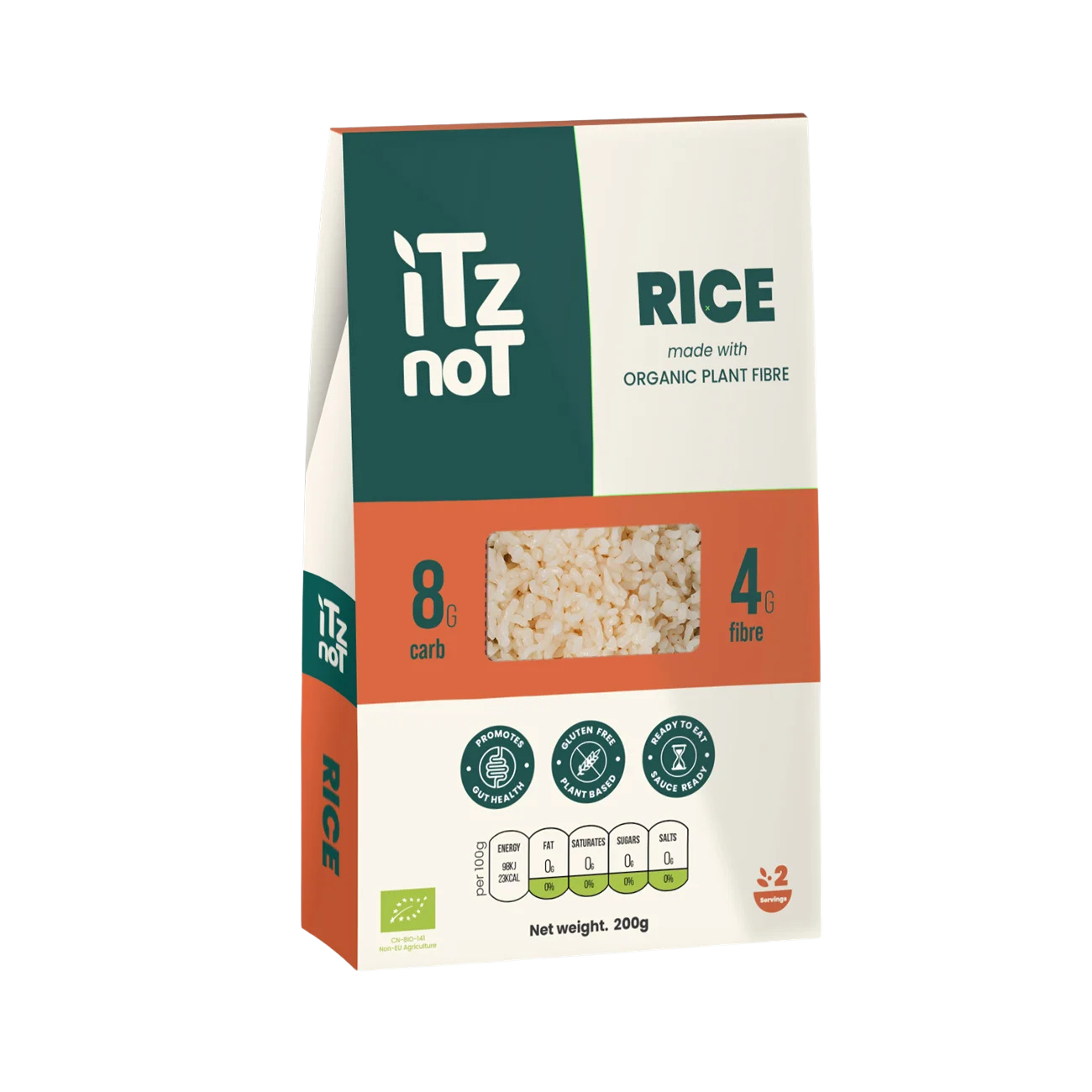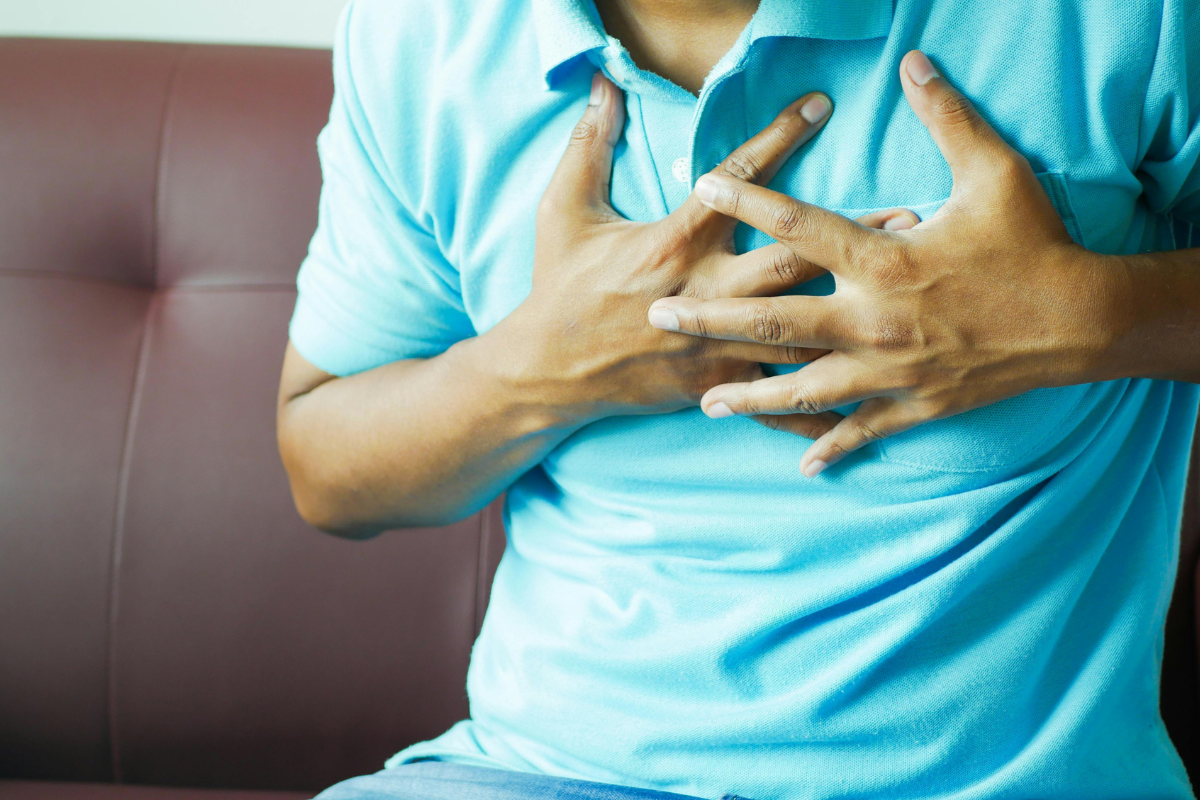
Recognizing a Heart Attack: Signs and Symptoms

Recognizing a Heart Attack: Signs and Symptoms
A heart attack occurs when blood flow to a part of the heart is blocked. This blockage deprives the heart muscle of oxygen, causing damage. Recognizing the signs and symptoms of a heart attack is crucial, as prompt medical attention can significantly improve outcomes.
Common Symptoms:
- Chest Pain or Discomfort: This is the most common symptom. It can feel like pressure, tightness, squeezing, or pain in the center of the chest. The discomfort can also spread to the shoulders, arms (usually the left), back, neck, jaw, or teeth.
- Shortness of Breath: Difficulty breathing can occur with or without chest pain.
- Cold Sweat: Breaking out in a cold sweat is a common symptom.
- Nausea and Vomiting: Some individuals may experience nausea or vomiting during a heart attack.
- Lightheadedness or Dizziness: Feeling faint or dizzy can also be a sign.
- Weakness, Fatigue, or Unusual Tiredness: Sudden weakness or fatigue can be a warning sign.
Important Notes:
- Women may experience different symptoms: Women are more likely to experience atypical symptoms such as shortness of breath, fatigue, back pain, and jaw pain.
- Symptoms can vary in intensity: Some people experience severe symptoms, while others may only experience mild discomfort.
- Some people may experience no symptoms at all: This is known as a "silent heart attack."
What to Do if You Suspect a Heart Attack:
- Call 911 immediately. Do not attempt to drive yourself to the hospital.
- Chew an aspirin if directed to do so by emergency medical dispatchers.
- Rest comfortably and wait for emergency medical assistance to arrive.
Risk Factors for Heart Attack:
- Smoking: Smoking is the single most significant modifiable risk factor for heart attack.
- High Blood Pressure (Hypertension): High blood pressure puts extra strain on the heart and arteries.
- High Cholesterol: High levels of LDL ("bad") cholesterol increase the risk of plaque buildup in the arteries.
- Diabetes: Diabetes significantly increases the risk of heart disease.
- Obesity: Being overweight or obese increases the risk of various heart problems.
- Physical Inactivity: Lack of regular physical activity increases the risk of heart disease.
- Unhealthy Diet: A diet high in saturated and trans fats, sodium, and cholesterol can increase heart disease risk.
- Excessive Alcohol Consumption: Heavy alcohol use can damage the heart.
- Stress: Chronic stress can contribute to high blood pressure and other heart problems.
- Drug Abuse: The use of certain drugs, such as cocaine and methamphetamine, can significantly increase the risk of heart attack.
- Age: The risk of heart attack increases with age.
- Sex: Men are generally at higher risk of heart attack than women, but this risk increases for women after menopause.
- Family History: A family history of early heart disease (before age 55 in men and 65 in women) increases your risk.
- Ethnicity: Some ethnicities, such as African Americans, have a higher risk of heart disease.
Prevention is Key:
- Maintain a healthy lifestyle: This includes a balanced diet, regular exercise, and not smoking.
- Manage risk factors: Work with your doctor to manage conditions like high blood pressure, high cholesterol, and diabetes.
- Know your family history: Discuss your family history of heart disease with your doctor.
Conclusion:
Recognizing the signs and symptoms of a heart attack is crucial for prompt medical attention, which can significantly improve outcomes. While chest pain is a common symptom, it's important to remember that symptoms can vary greatly, especially in women. If you experience any unusual chest discomfort, shortness of breath, dizziness, or other concerning symptoms, do not hesitate to call 911 immediately. By understanding the risk factors and taking proactive steps to maintain a healthy lifestyle, you can significantly reduce your risk of heart attack and live a longer, healthier life.





